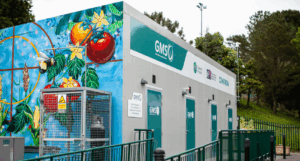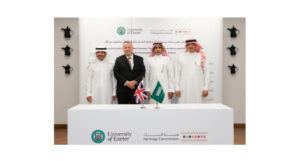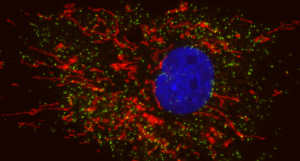Customer experience a vital but overlooked component to successful circular business models, report argues

Businesses looking to adopt circular economy business models are failing to focus on customers, a new report reveals.
The report, An Exploration of Customers and the Circular Economy, finds that new business models where products and materials are kept in circulation through processes such as reuse, repair, remanufacture and recycling, can only succeed with better support and communication with customers.
Researchers from the Exeter Centre for Circular Economy and consultancy Clarasys, embarked on a year-long investigation focusing on the food and drink and household appliances sectors, which involved a literature review as well as roundtables and interviews with partner organisations including Waitrose, John Lewis, Electrolux Group and Pernod Ricard.
They found that businesses were approaching the circular economy from the ‘inside out’ and failing to explore the value of circular business models to their customers, and need to reach a deeper understanding of what drives customer behaviours.
The report states that organisations are “narrowly focused on communicating the importance of sustainability to their customers and not considering the other behavioural levers they can pull to drive circular product adoption,” adding that excellent customer experience is a powerful catalyst of circular product adoption and that ‘sustainability’ on its own is not enough to shift customer behaviours.
It also identifies that firms innovating in circular economy practices are failing to track their success in a way that would help them attract investment to scale.
The report explains that in our traditional ‘linear’ economic systems where our relationship with products is often described as ‘take-use-waste’, the customer’s role is merely to find the product that enables them to solve their problem, use it and then dispose of it.
But in a circular system, customers become custodians and maintainers of the value of products and materials, a fundamental shift in the way producers and consumers interact and engage with each other.
This could, for example, see an appliance manufacturer trialling a product as a service model whereby customers become temporary ‘stewards’ of the product rather than permanent owners.
Stewardship would involve maintaining the product to ensure it lasts and helping to return it at the right time, making the relationship between customer and producer more sustained.
The research also resulted in a free toolkit that shows companies how to design for and best consider customer experience in a circular economy.
Co-author Sam Maguire, Sustainability Lead at Clarasys, said: “We need a fundamental change to the way we live. Our throwaway society just can’t continue if we want a liveable planet. We see a circular transition as a great way to reduce waste, minimise emissions and create opportunities for innovation. If we want to be more circular though, we need users to play their role in the circular economy which is why this research is so vital.”
Dr Merryn Haines-Gadd, a Research Fellow at the University of Exeter within the Exeter Centre for Circular Economy (ECCE) said: “If we are to transition to a circular economy, we need to meaningfully consider end customers when designing and developing circular products and services.
“As a key stakeholder in this circular system, customers with their diverse needs, desires, and aspirations, possess a tremendous capacity to drive adoption of circular business models. The toolkit and report we developed offers practical knowledge and insight on how organisations can empathetically engage with their customers, so that they can design long lasting experiences that not only meet their needs and resonate with their hearts and minds, but also contribute to a more regenerative and circular future.”
Loïc Le Fouest, CX Lead at Clarasys, added: “Our initial assessment of Circular Economy (CE) literature confirmed that there was a significant gap in how organisations were currently engaging customers in the Circular Economy. This lack of customer focus is currently preventing many circular investments and pilots from scaling. I am delighted to share the exciting findings from our CE research, summarised in our report.
“This is one of the outputs we have developed to equip leaders to take a customer-centric approach to designing and launching circular products and services. The report also gives access to our toolkit, a practical set of tools and methods to help leaders from functions across the organisation to bring their teams together and explore the value of circular business models for their customers and their business. The transition to a circular economy is not only increasingly in demand from some customers today, it will be a requirement for any organisation to thrive in the future.’ Access the full report here and access the toolkit.



